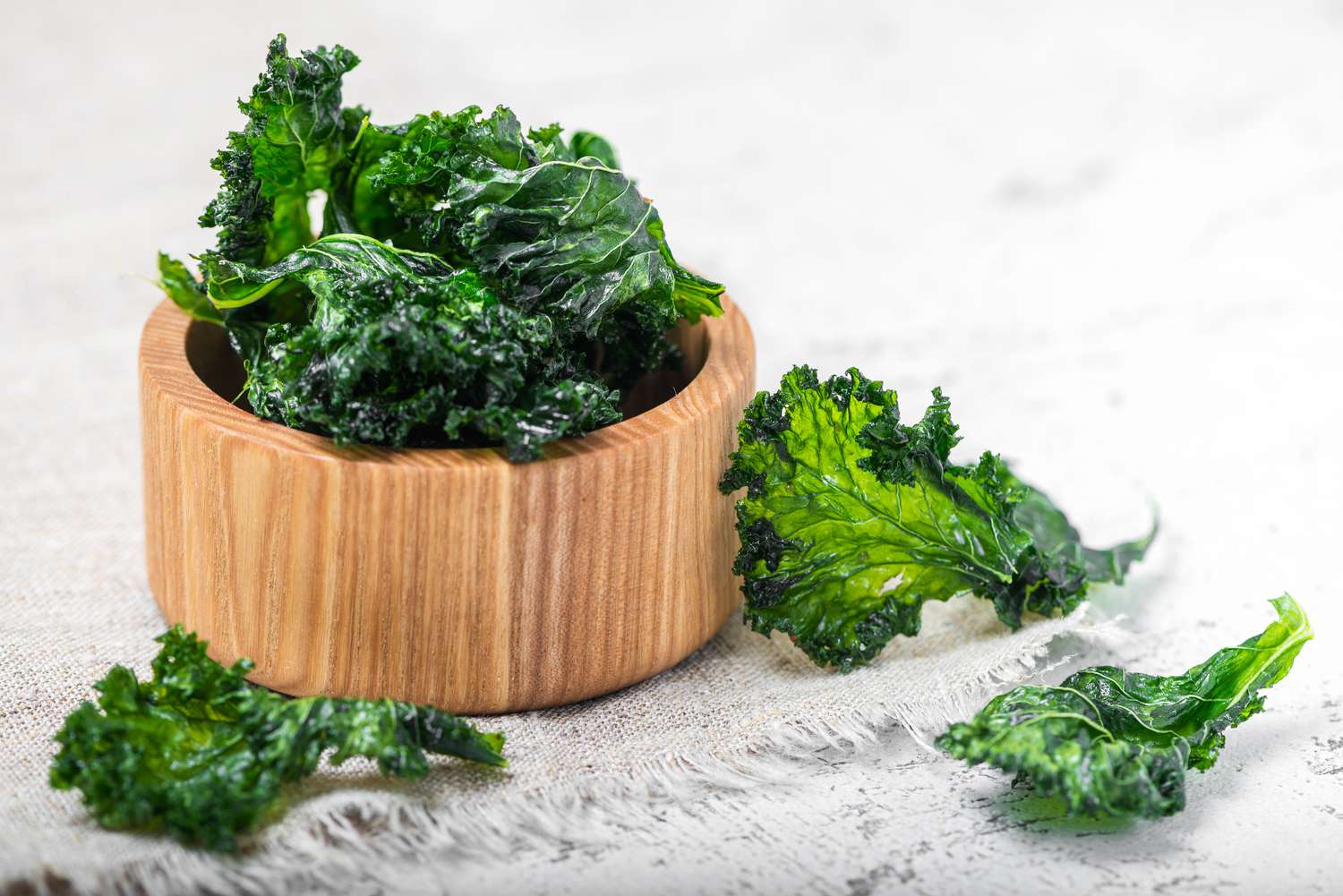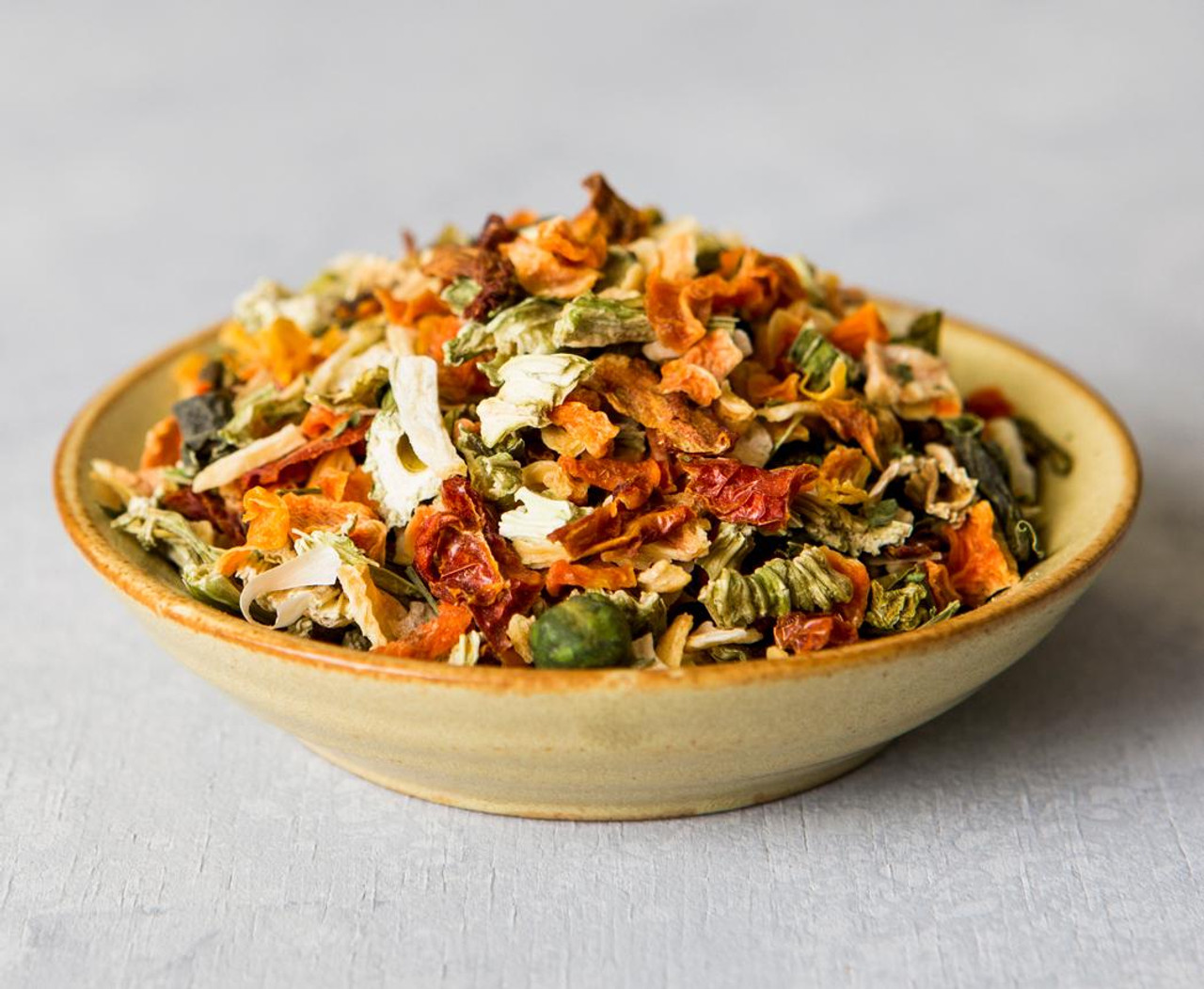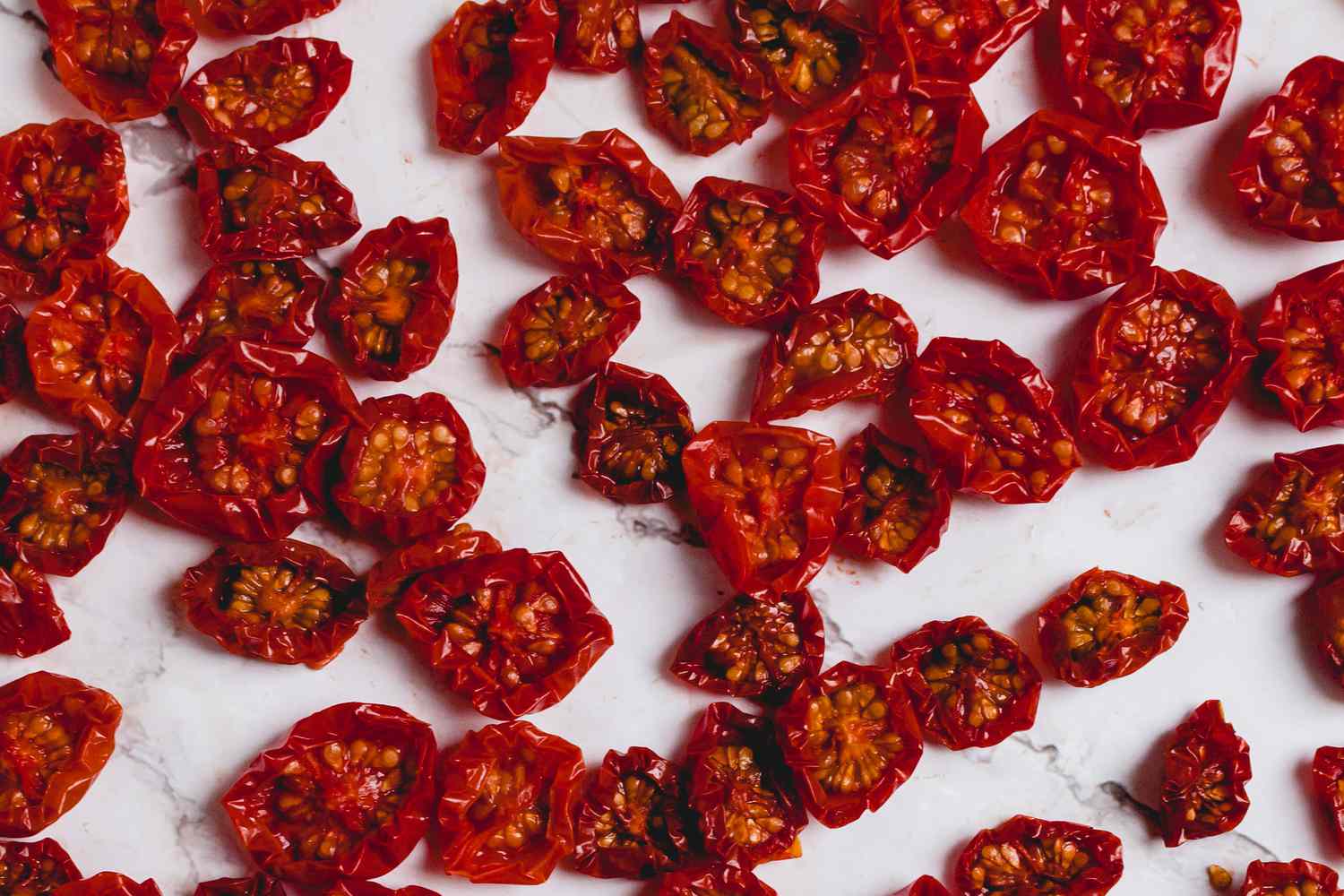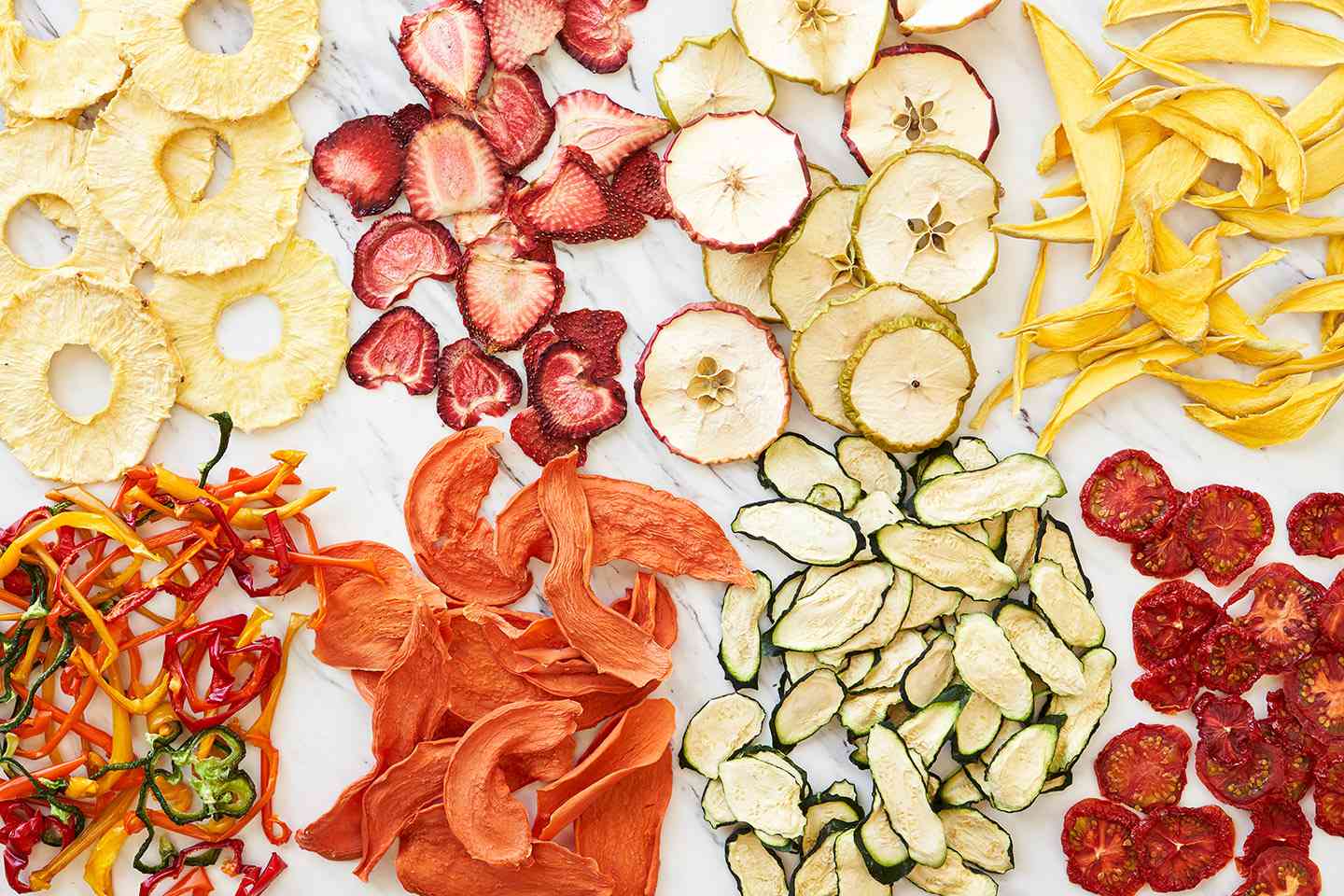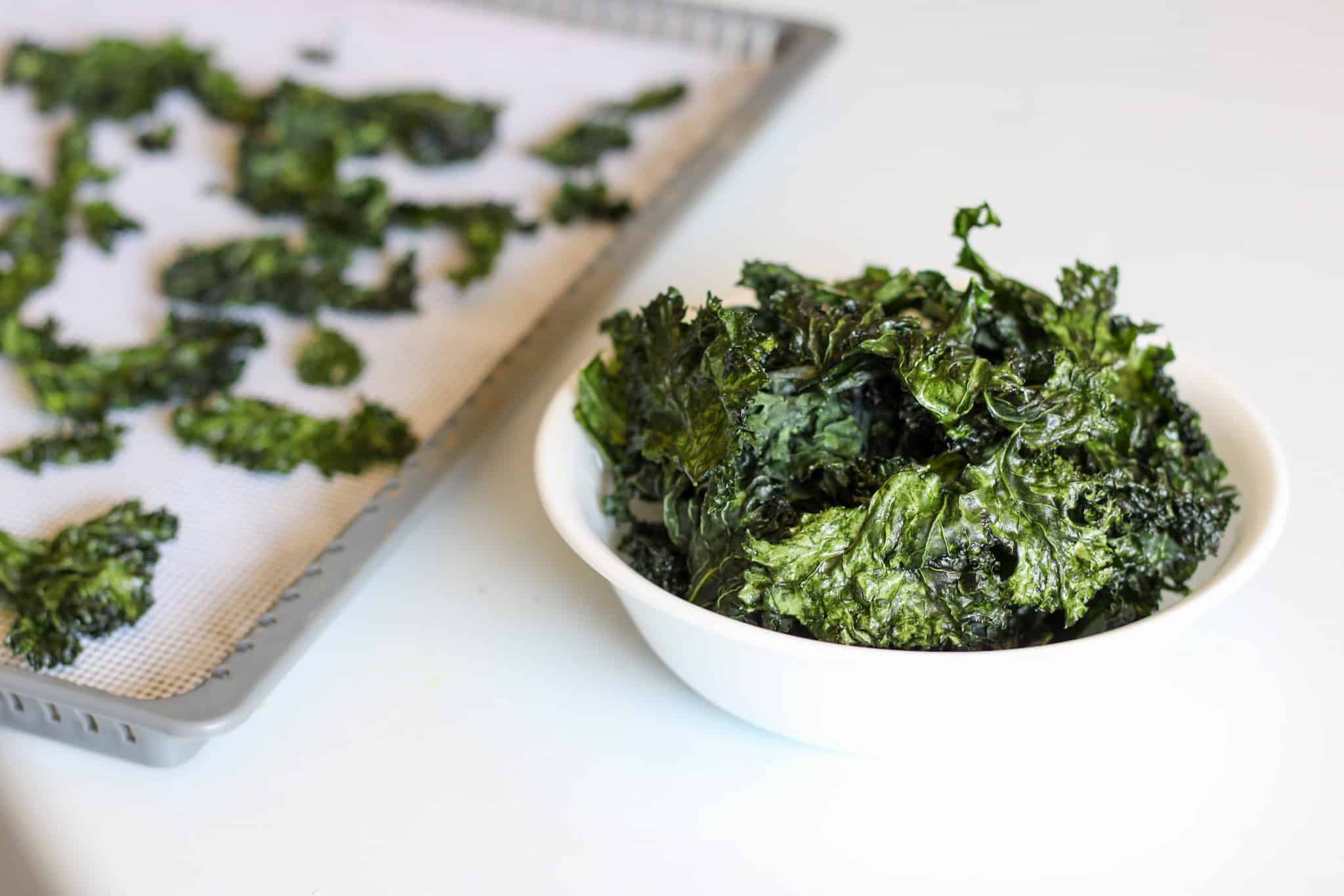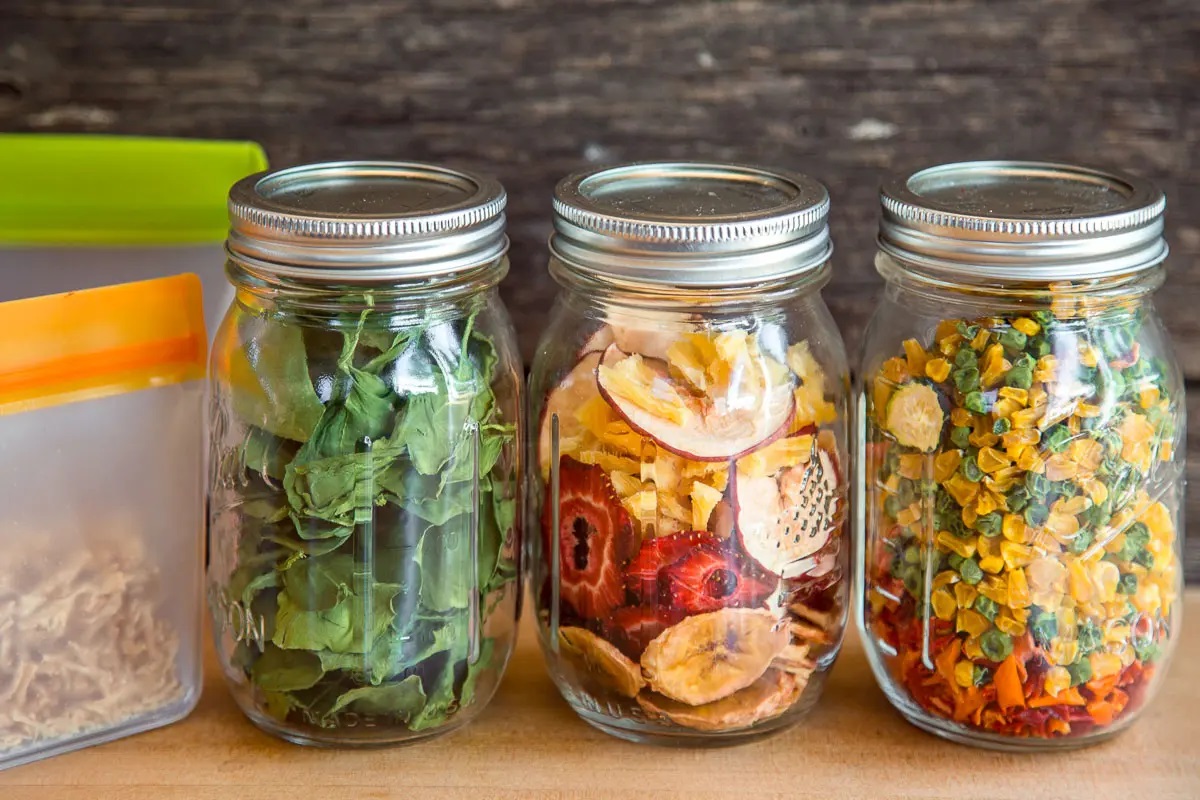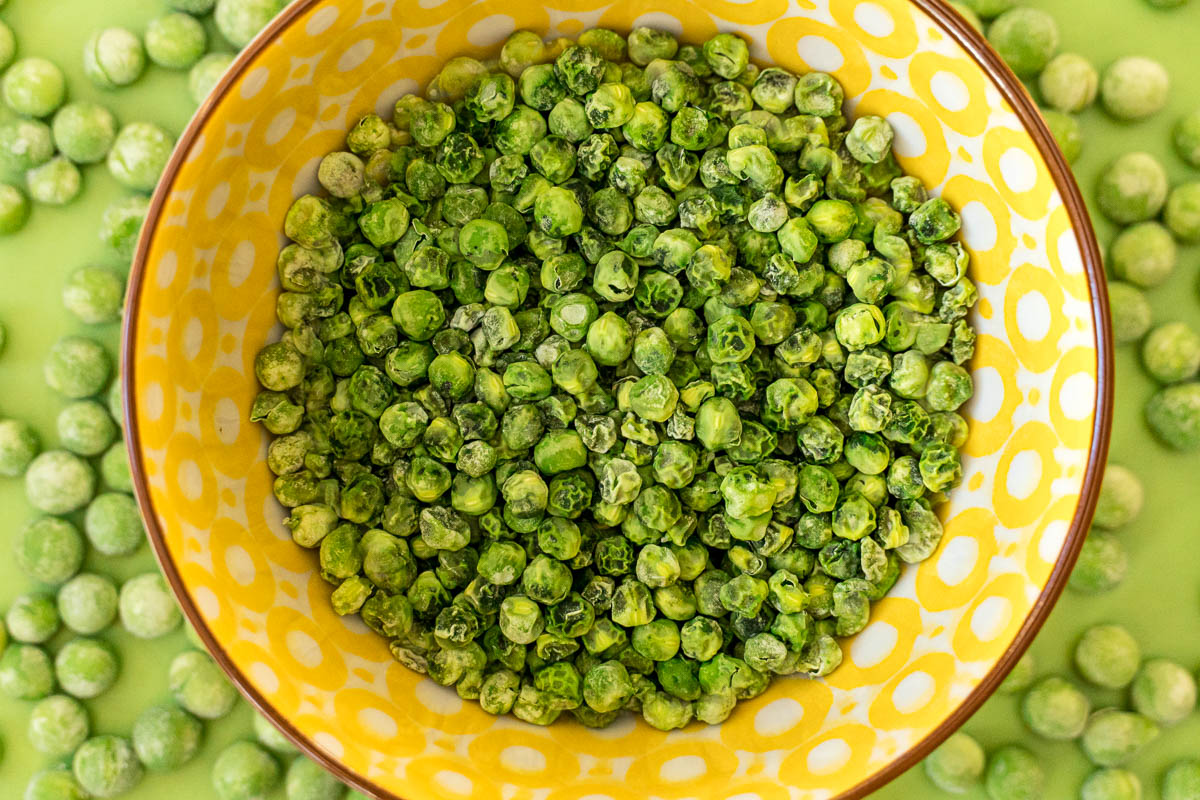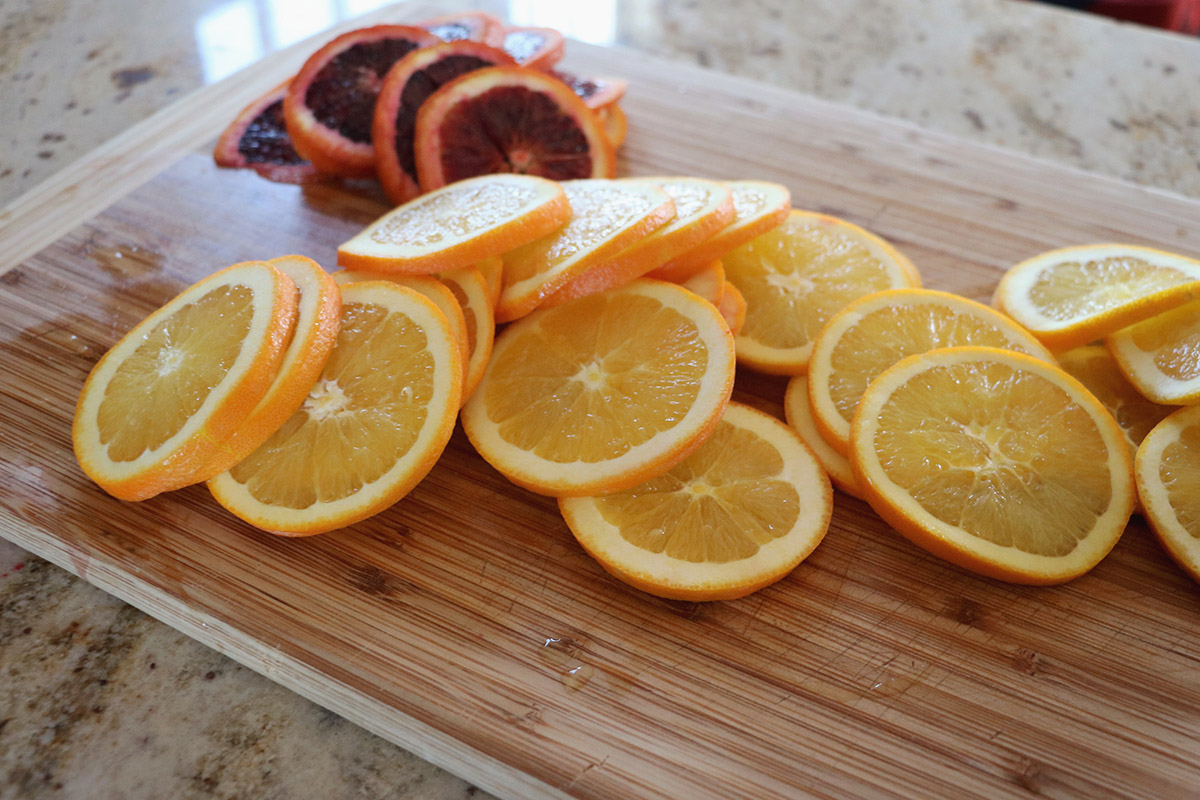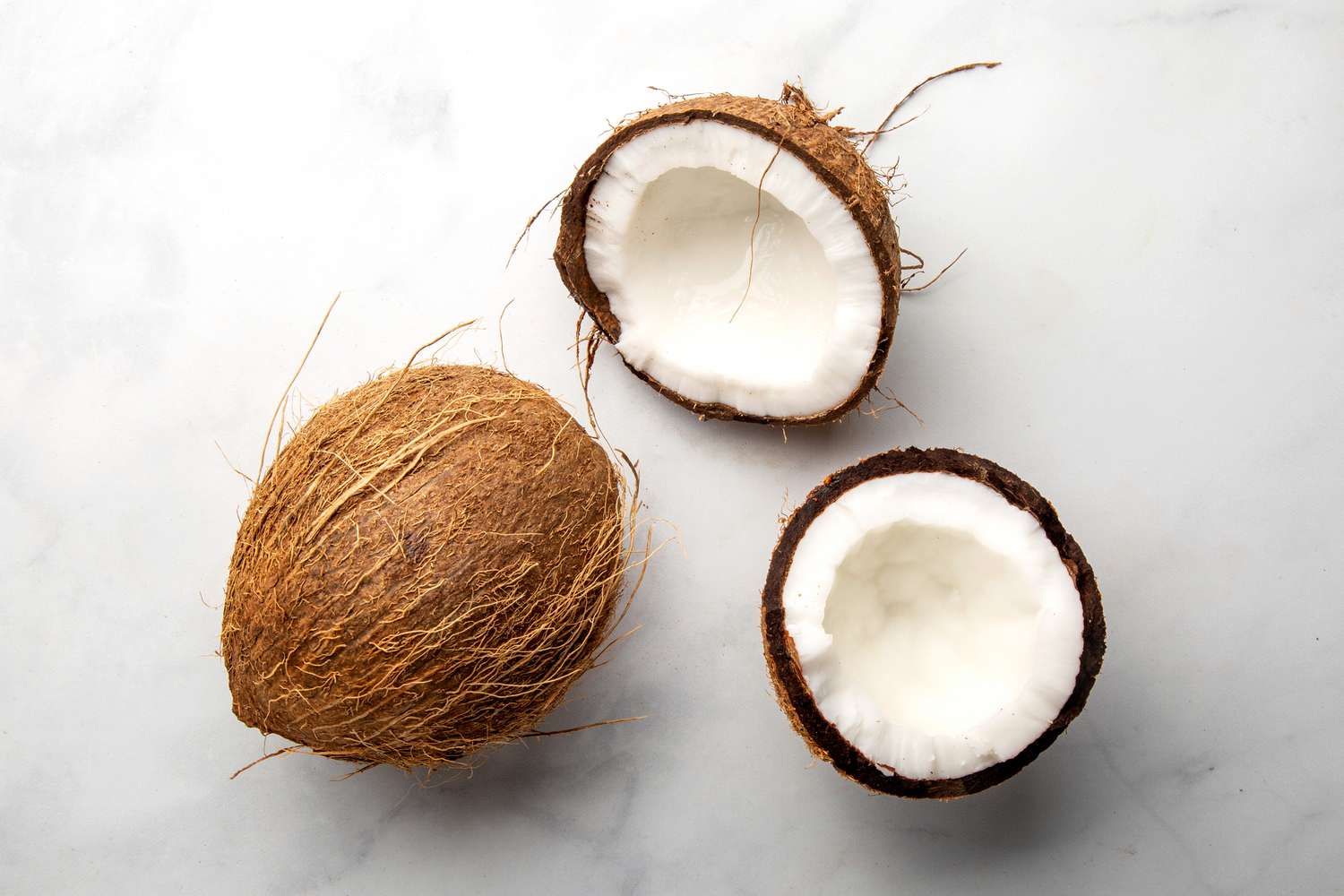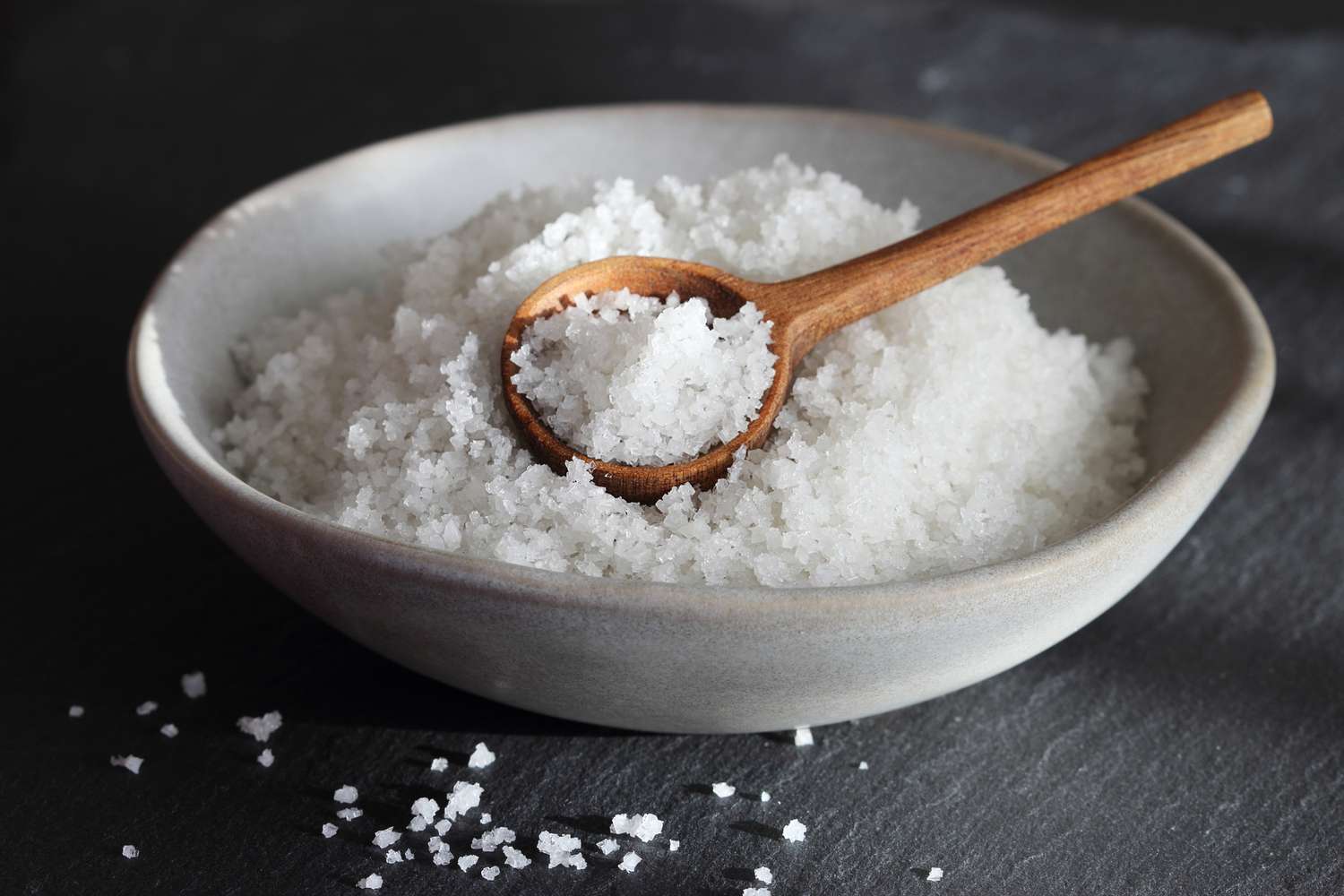Dehydrating Plums: A Delicious and Nutritious Snack
Dehydrating plums is a fantastic way to preserve their natural sweetness and create a delicious and nutritious snack. Whether you have an abundance of plums from your garden or found a great deal at the market, dehydrating them in a dehydrator is a simple and effective way to enjoy them year-round.
Why Dehydrate Plums?
Dehydrating plums not only extends their shelf life but also concentrates their flavors, making them a convenient and tasty snack. Dehydrated plums, also known as prunes, are packed with essential nutrients, including fiber, vitamins, and antioxidants. They make for a great on-the-go snack and can be used in various recipes, adding a natural sweetness and depth of flavor.
How To Dehydrate Plums In A Dehydrator
Dehydrating plums in a dehydrator is a straightforward process that requires minimal effort. Here’s a step-by-step guide to help you get started:
- Choose Ripe Plums: Select ripe, firm plums for the best results. Avoid using overripe or bruised fruits.
- Wash and Prepare: Thoroughly wash the plums and remove any stems. If desired, you can also pit the plums before dehydrating them.
- Slice the Plums: Use a sharp knife to slice the plums into uniform pieces. Aim for slices that are approximately 1/4 to 1/2 inch thick.
- Pre-Treat (Optional): To prevent browning, you can pre-treat the plum slices by soaking them in a solution of lemon juice and water for a few minutes.
- Arrange on Dehydrator Trays: Place the plum slices in a single layer on the dehydrator trays, ensuring that there is some space between each slice for air circulation.
- Dehydrate: Set the dehydrator to a temperature of around 135°F (57°C) and allow the plums to dehydrate for 8 to 12 hours. Check the plums periodically and rotate the trays for even drying.
- Check for Dryness: The plums are ready when they are leathery and slightly sticky to the touch, with no visible moisture. Allow them to cool completely before testing for dryness.
- Store the Dehydrated Plums: Once fully dried, allow the plums to cool completely before transferring them to airtight containers or resealable bags for storage. Keep them in a cool, dark place to maintain their quality.
Enjoying Dehydrated Plums
Dehydrated plums make for a delicious and convenient snack that can be enjoyed on their own or incorporated into various dishes. Here are some ideas for enjoying your dehydrated plums:
- Snack: Enjoy the dehydrated plums as a standalone snack for a naturally sweet and satisfying treat.
- Trail Mix: Combine the dehydrated plums with nuts, seeds, and other dried fruits to create a custom trail mix for on-the-go energy.
- Baking: Chop the dehydrated plums and add them to baked goods such as muffins, scones, or granola bars for a burst of natural sweetness.
- Cooking: Rehydrate the plums by soaking them in hot water or juice, then use them in savory dishes such as stews, tagines, or sauces for a unique flavor twist.
With their concentrated flavor and natural sweetness, dehydrated plums are a versatile ingredient that can enhance a wide range of recipes.
Final Thoughts
Dehydrating plums in a dehydrator is a simple and rewarding process that allows you to enjoy this delicious fruit in a whole new way. Whether you’re looking for a healthy snack or a flavorful addition to your culinary creations, dehydrated plums are sure to delight your taste buds. So, grab some plums, fire up your dehydrator, and savor the sweet rewards of this delightful preservation method.
Happy dehydrating!
Was this page helpful?
Read Next: How To Dehydrate Pulp
